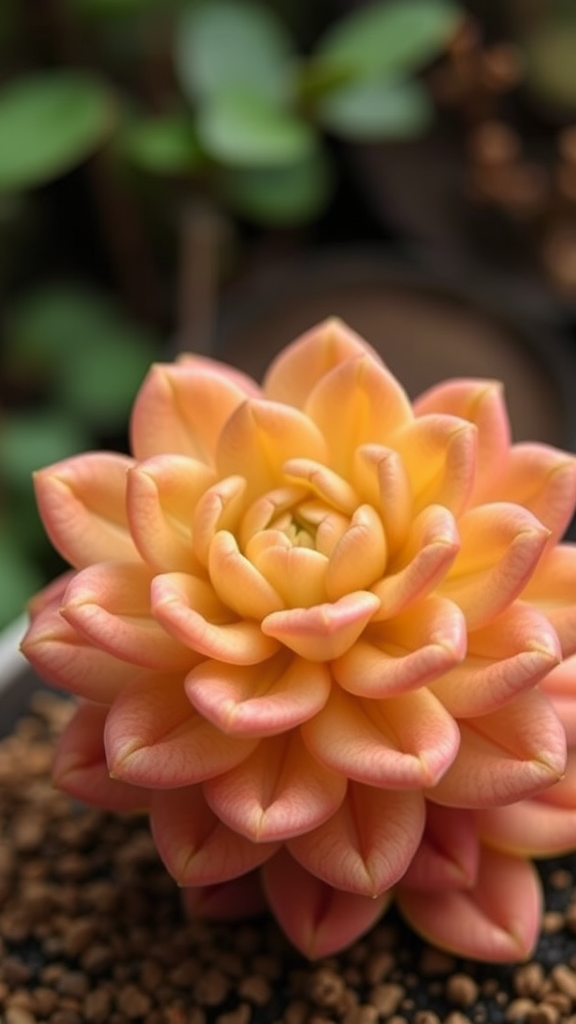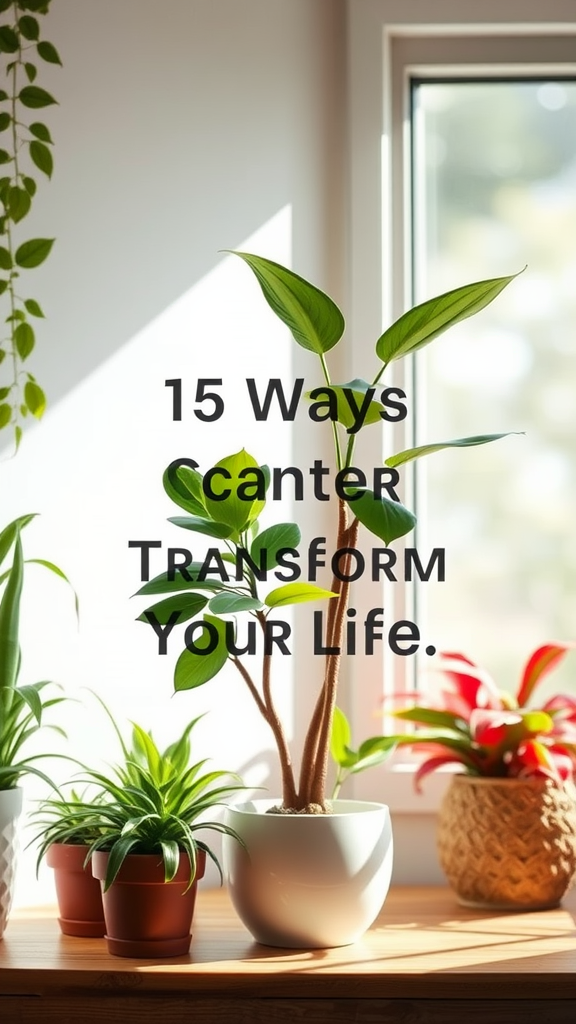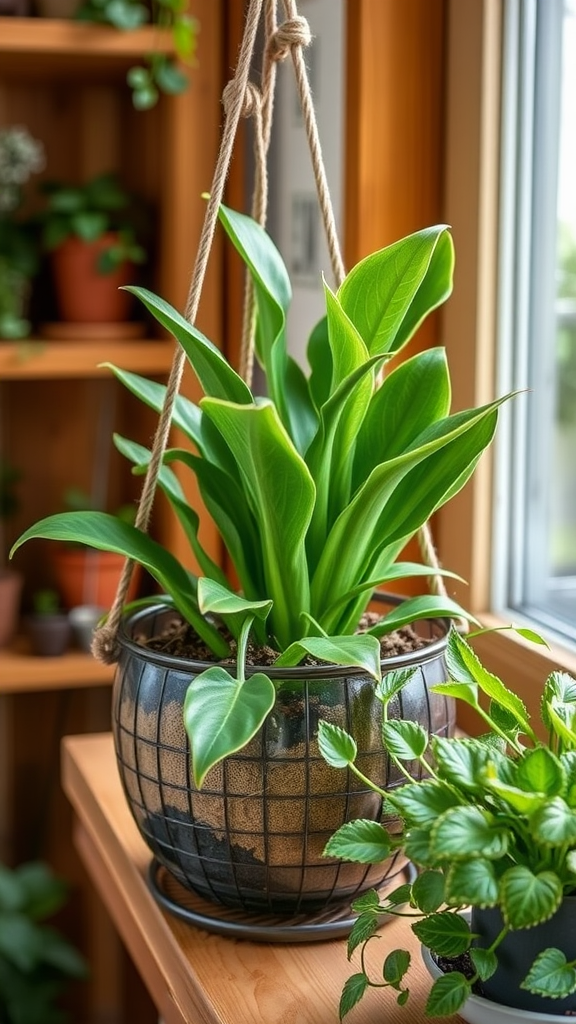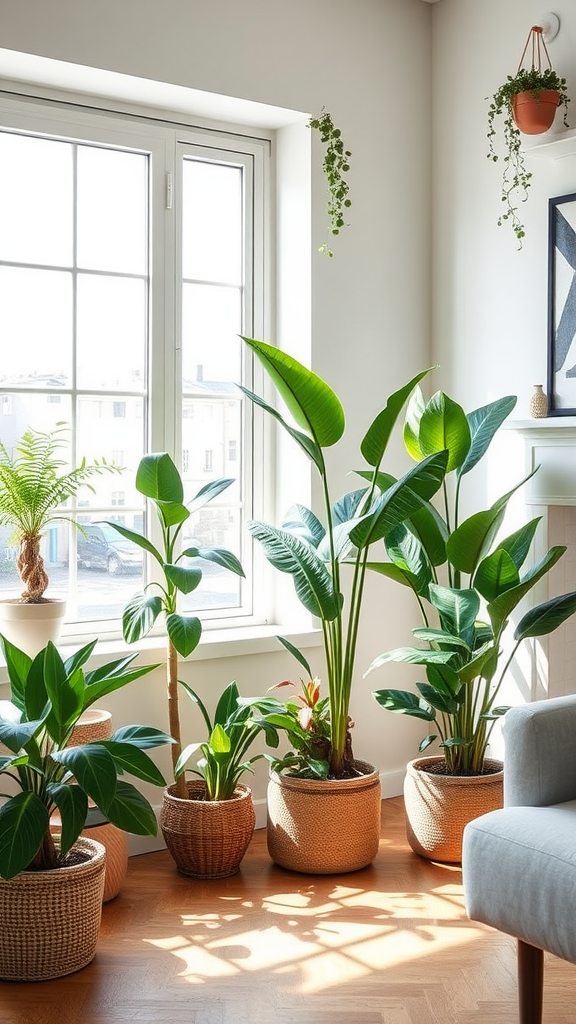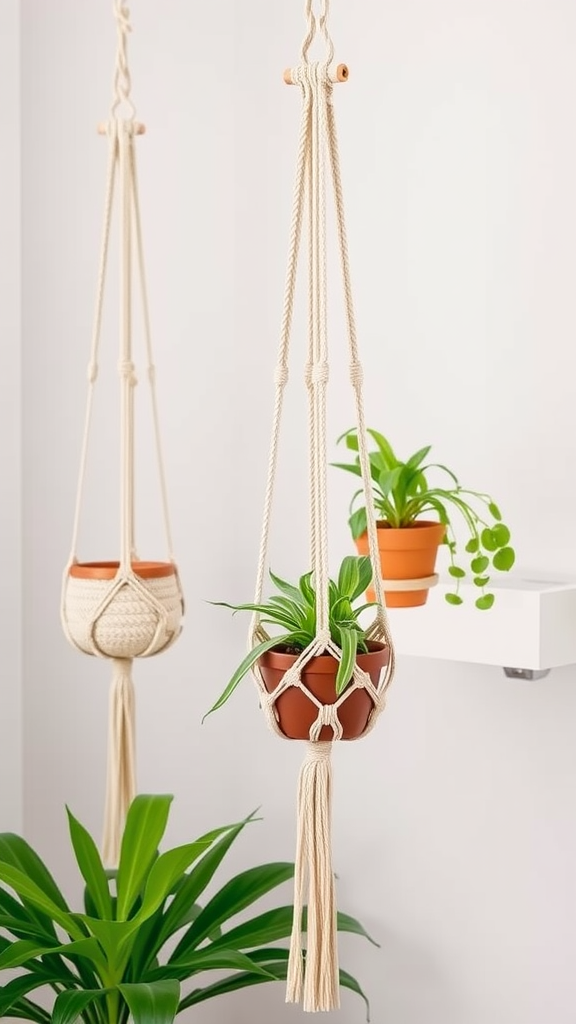Discovering “10 Rare Plants You’ve Never Heard Of (But Need!)” for Your Collection
If you’re a plant lover always on the lookout for unique additions to your collection, you’re in for a treat! Many rare plants are not only beautiful but can also thrive in your home, adding a touch of the extraordinary to your space. Let’s explore some of these hidden gems that you may have never heard of, but definitely need!
1. Rafflesia arnoldii
Named the “corpse flower,” Rafflesia arnoldii is a rare and fascinating plant found in the forests of Southeast Asia. Its unbelievably large flowers can reach a diameter of three feet. While its pungent scent of rotting flesh may not be charming, the plant itself is a marvel worth having in your collection!
2. Welwitschia mirabilis
This ancient plant is native to the Namib Desert in Africa. Welwitschia mirabilis has only two leaves that can live for more than a thousand years! Its unique and unusual structure makes it a conversation starter in any home, showcasing the beauty of endurance in nature.
3. Blue Vanda Orchid
The Blue Vanda Orchid is a stunning, bright blue flower that stands out among the typical colors of orchids. These beauties thrive in humid environments and sunlight, making them perfect for those living in warm climates. Their rarity and vibrant color will surely add an exotic touch to your plant collection.
4. Ghost Plant (Monotropa uniflora)
This ethereal plant, also known as the ghost plant, is completely white and lacks chlorophyll. Found in North American forests, it derives nutrients from fungi in the soil. Its ghostly appearance offers a unique contrast to the standard green flora, making it a really special addition to your indoor garden.
5. Dragon Tree (Dracaena draco)
The Dragon Tree is native to the Canary Islands and is recognized for its distinctive umbrella-shaped canopy and striking red resin. This slow-growing tree can live for centuries and has spectacular, sword-like leaves. It’s a low-maintenance option that can enhance any indoor or outdoor space.
6. Black Bat Flower (Tacca chantrieri)
Impressively bold, the Black Bat Flower has unique bat-shaped black flowers that can reach up to 12 inches across. Native to Southeast Asia, this uncommon plant is not just a feast for the eyes, but it’s also sure to draw attention and compliments from anyone who sees it!
7. Corpse Flower (Amorphophallus titanum)
Another love-it-or-hate-it plant, the Corpse Flower emits an odor of rotting flesh when it blooms, which is its way of attracting pollinators. Despite the smell, its rare massive bloom is quite an event when it happens, making it a worthwhile challenge for adventurous plant collectors.
8. Mistletoe Cactus (Rhipsalis baccifera)
This unique cactus is quite different from the typical cacti you might find. Native to tropical rainforests, it has long, trailing stems and produces small, white berries. The Mistletoe Cactus thrives in indirect light, making it suitable for an indoor setting, where it can beautifully cascade over a shelf or hanging basket.
9. Black Velvet Alocasia (Alocasia reginula)
With its dark green, almost black leaves and contrasting white veins, the Black Velvet Alocasia adds a touch of drama to your collection. This small, compact plant prefers a humid environment and bright, indirect light. It’s perfect for plant enthusiasts looking to add a bit of elegance and rarity to their indoor space.
10. Silver Suede Plant (Peperomia columella)
This charming plant features shiny, silver leaves and is perfect for beginner collectors. The Silver Suede Plant is low-maintenance and thrives in various light conditions. Its unique appearance and easy care make it a delightful addition to any home!
Rare plants into your collection adds depth and intrigue to your indoor garden. Not only do they enhance your living space’s aesthetics, but they also provide intriguing stories and care challenges. Explore these rare beauties, and you’ll find them to be not just plants but also unique companions for your gardening journey. Happy planting!
The Importance of Conservation: Protecting Rare and Unique Plant Species
Rare and unique plant species are often the unsung heroes of our planet. They play vital roles in ecosystems, offering aesthetic beauty, ecological balance, and benefits to humans. Conservation of these plants is crucial for maintaining biodiversity and sustaining our environment.
Plants provide essential services that help support life. From oxygen production to food sources, the benefits of plants are endless. However, many rare species face extinction due to various threats, including habitat loss, climate change, and invasive species. Keeping these plants alive is more important than ever.
Economic Benefits
Preserving rare plant species contributes to local and global economies in several ways:
- Medicinal Uses: Many rare plants are sources of unique medicines that can help treat diseases. For instance, the Rosy Periwinkle (Catharanthus roseus) is vital in cancer treatment.
- Agricultural Development: Rare plants often possess traits that can enhance crop resilience, leading to improved agricultural output.
- Eco-Tourism: Unique flora can attract tourists, creating jobs and strengthening local economies.
Environmental Importance
Rare plants contribute significantly to ecosystem health:
- Biodiversity: Each rare plant species adds to the diversity of its ecosystem, supporting various animal and insect life.
- Soil Health: Roots help prevent soil erosion and maintain soil fertility, which benefits other plant life.
- Climate Regulation: Plants absorb carbon dioxide, helping mitigate climate change and regulate the atmosphere.
Cultural and Aesthetic Value
Beyond their ecological roles, rare plants hold deep cultural significance:
- Heritage: Many communities have traditions tied to specific plant species, reflecting their cultural identity.
- Ecological Art: Artists and photographers often use rare plants as inspiration, enriching our cultural landscape.
Sadly, many of these species are endangered or even extinct due to human activity. Urban development, deforestation, and pollution contribute to the rapid decline of these plants. Protecting them is essential for preserving our natural heritage.
Conservation Strategies
Implementing effective conservation strategies can help protect rare plant species:
- Protected Areas: Establishing national parks and reserves safeguards critical habitats.
- Reforestation: Planting native species can help restore lost ecosystems.
- Education and Awareness: Educating the public about the importance of rare plants can foster a culture of conservation.
How You Can Help
You can play an active role in conserving rare plant species:
- Support Conservation Organizations: Donate or volunteer with groups focused on plant conservation.
- Plant Native Species: Use your garden to plant native and rare species, promoting biodiversity.
- Spread the Word: Share information about rare plants and their importance with your friends and family.
By taking small but meaningful steps, each of us can contribute to the conservation of rare and unique plant species. Every effort counts, and together we can help ensure that these essential species thrive for generations to come.
The importance of conservation cannot be overstated. Rare plant species are vital in maintaining ecological balance, supporting traditions, and providing economic benefits. Protecting these plants is not just an environmental concern; it’s a responsibility towards our planet and future generations. Start advocating for these beautiful, unique plants today!
Conclusion
Exploring the world of rare plants opens up a fascinating journey that not only enriches your collection but also fosters a deeper appreciation for nature’s diversity. Each of the "10 Rare Plants You’ve Never Heard Of (But Need!)" serves as a reminder that our planet is filled with extraordinary flora waiting to be discovered and cherished. By incorporating these unique plants into your garden or home, you don’t just add beauty; you contribute to conserving biodiversity.
The importance of protecting rare and unique plant species cannot be overstated. Many of these plants face threats from habitat loss, climate change, and human activities. By choosing to cultivate rare species, you are taking a stand for conservation and helping to keep these botanical wonders alive. This not only enhances your personal space but also supports global efforts to maintain ecological balance.
As you embark on your journey to find and nurture these rare gems, remember that every small step counts. Your choices can make a difference—not just in your own garden but for the future of our planet’s rich biodiversity. Whether it’s through sharing knowledge, swapping plants with friends, or participating in conservation initiatives, you are playing a vital role in protecting our Earth’s treasures. Embrace the thrill of discovering these rare plants and advocate for their preservation, ensuring that they continue to thrive for generations to come.

